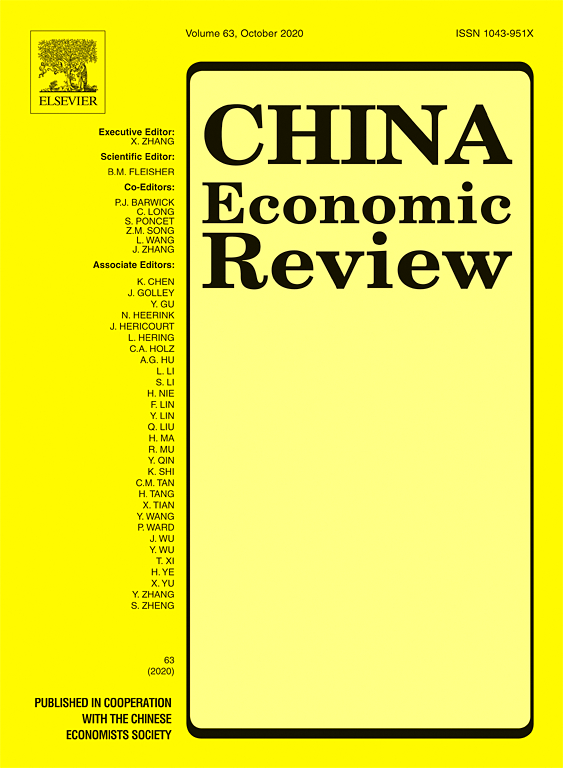
Trade Effects of Silver Price Fluctuations in 19th-Century China: A Macro Approach
We assess the role of silver price fluctuations in Chinese trade and GDP during the late Qing dynasty, when China still had a bimetallic (silver/copper) monetary system, in which silver was mostly used for international trade. Using a structural VAR (SVAR) with blockwise recursive identification, we identify the impact of silver price shocks on the Chinese economy from 1867, when trade data became available, to 1910, one year before the Qing dynasty collapsed. We find that silver price shocks had a sizable impact on both imports and exports but only a very minor effect on the trade balance, only a marginal impact on growth, and almost no effect on domestic prices. Stronger effects were partly mitigated by inelastic export quantities. Generally, the effect of silver price shocks, while considerable, was only short-lived, displaying no persistence in either direction. We find that the bimetallic system in Qing China might have mitigated a potential positive effect of silver depreciation but did not reverse the effect, which – contrary to claims made in the previous literature – was responsible for neither the worsening trade balance nor the inflation and the quickly increasing imports that occurred during our sample period.





